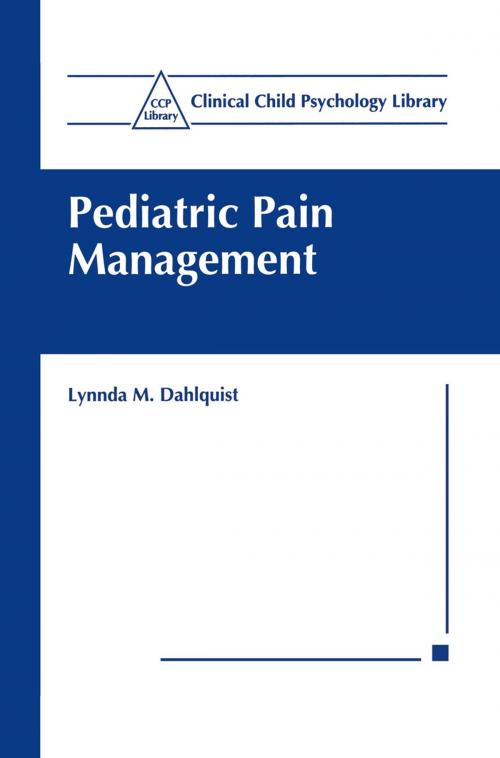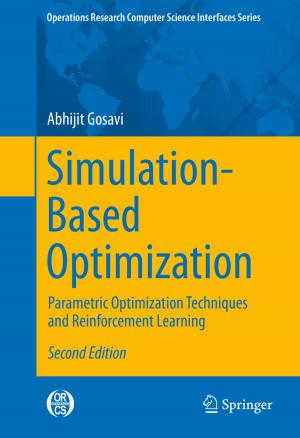Pediatric Pain Management
Nonfiction, Health & Well Being, Medical, Reference, Public Health, Psychology, Child & Adolescent, Child Development| Author: | Lynnda M. Dahlquist | ISBN: | 9781461547570 |
| Publisher: | Springer US | Publication: | December 6, 2012 |
| Imprint: | Springer | Language: | English |
| Author: | Lynnda M. Dahlquist |
| ISBN: | 9781461547570 |
| Publisher: | Springer US |
| Publication: | December 6, 2012 |
| Imprint: | Springer |
| Language: | English |
Pain is a complex, multidimensional phenomenon, with physiological, behav ioral, emotional, cognitive, and developmental aspects (Zeltzer, Barr, McGrath, & Schechter, 1992). To effectively evaluate and manage pain in children, the clini cian must be able to assess the unique ways these complex dimensions interact for the individual child and integrate these dimensions into a treatment plan. This can be a daunting task. The purpose of this book is to provide a framework for conceptualizing pain problems in children that can guide the practitioner in developing an evaluation and treatment plan that is optimal for the individual child. This book is not in tended to be a comprehensive, exhaustive review of the literature on pain manage ment in children. There are several excellent books of this nature (e.g., Bush & Harkins, 1991: McGrath, 1990; Ross & Ross, 1988). Instead, this book is an at tempt to outline an hypothesis testing process of case conceptualizing and treat ment planning that can help structure the task of sorting through the complex interrelationships that determine children's pain.
Pain is a complex, multidimensional phenomenon, with physiological, behav ioral, emotional, cognitive, and developmental aspects (Zeltzer, Barr, McGrath, & Schechter, 1992). To effectively evaluate and manage pain in children, the clini cian must be able to assess the unique ways these complex dimensions interact for the individual child and integrate these dimensions into a treatment plan. This can be a daunting task. The purpose of this book is to provide a framework for conceptualizing pain problems in children that can guide the practitioner in developing an evaluation and treatment plan that is optimal for the individual child. This book is not in tended to be a comprehensive, exhaustive review of the literature on pain manage ment in children. There are several excellent books of this nature (e.g., Bush & Harkins, 1991: McGrath, 1990; Ross & Ross, 1988). Instead, this book is an at tempt to outline an hypothesis testing process of case conceptualizing and treat ment planning that can help structure the task of sorting through the complex interrelationships that determine children's pain.















